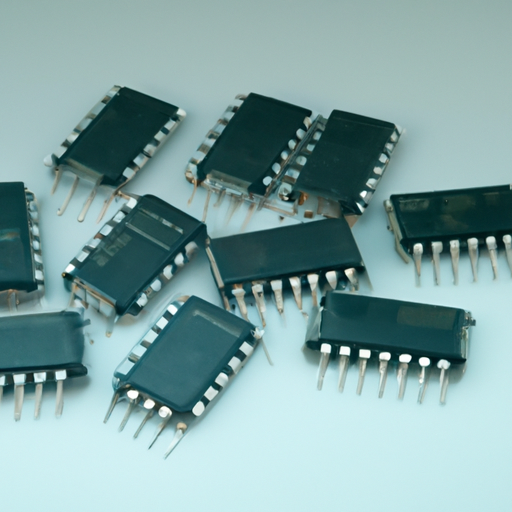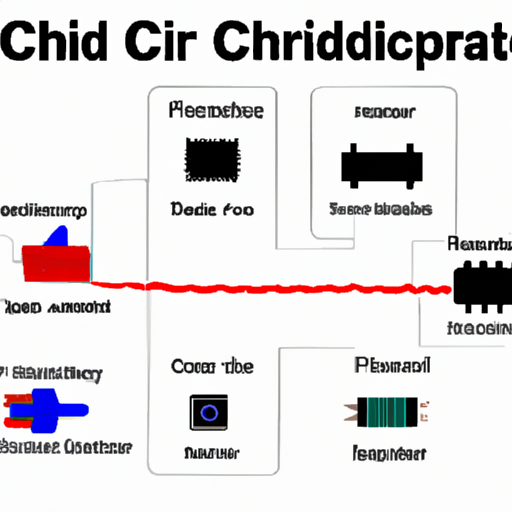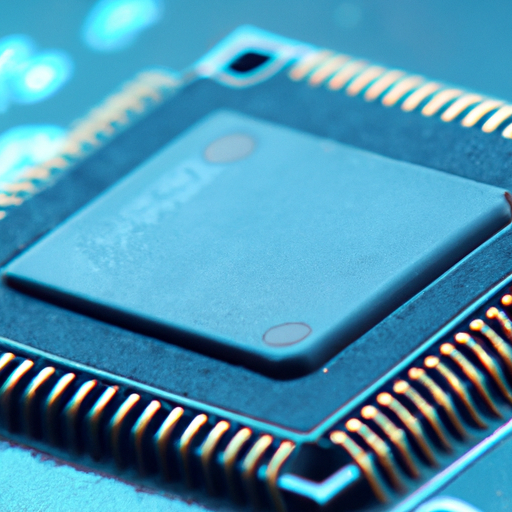Spot Integrated Circuit Import: How Should I Choose?
I. Introduction
Integrated Circuits (ICs) are the backbone of modern electronics, enabling the functionality of everything from smartphones to sophisticated industrial machinery. These tiny chips, which can contain millions of transistors, are essential for processing and storing data, controlling devices, and facilitating communication. As technology continues to advance, the demand for high-quality ICs has surged, leading many businesses to consider importing these components to meet their needs.
However, the import process for ICs can be complex and fraught with challenges. This article aims to guide you through the essential factors to consider when choosing integrated circuits for import, ensuring that you make informed decisions that align with your project requirements and business goals.
II. Understanding Integrated Circuits
A. Types of Integrated Circuits
Integrated circuits can be broadly categorized into three types:
1. **Analog ICs**: These circuits process continuous signals and are commonly used in applications such as audio equipment, sensors, and power management systems.
2. **Digital ICs**: These circuits handle discrete signals and are fundamental in computing devices, including microcontrollers, microprocessors, and memory chips.
3. **Mixed-Signal ICs**: Combining both analog and digital functions, mixed-signal ICs are used in applications like data converters and communication systems.
B. Applications of Integrated Circuits
ICs find applications across various industries, including:
1. **Consumer Electronics**: From smartphones to televisions, ICs are integral to the functionality of everyday devices.
2. **Automotive Industry**: Modern vehicles rely on ICs for engine control, safety systems, and infotainment.
3. **Telecommunications**: ICs enable the transmission and processing of data in communication networks.
4. **Industrial Applications**: In manufacturing and automation, ICs are used for control systems, robotics, and monitoring equipment.
III. Factors to Consider When Importing Integrated Circuits
A. Quality and Reliability
The quality of integrated circuits is paramount. Poor-quality ICs can lead to device failures, safety hazards, and financial losses. When importing ICs, consider the following:
1. **Importance of Quality**: High-quality ICs ensure reliability and performance, reducing the risk of defects.
2. **Certifications and Standards**: Look for suppliers that adhere to recognized standards such as ISO and RoHS, which indicate compliance with quality and environmental regulations.
B. Supplier Reputation
Choosing the right supplier is crucial for a successful import process. Here are some tips:
1. **Researching Suppliers**: Investigate potential suppliers by checking their history, product offerings, and market presence.
2. **Importance of Reviews and Testimonials**: Customer feedback can provide insights into a supplier's reliability and product quality.
C. Cost Considerations
While price is an important factor, it’s essential to consider the total cost of ownership:
1. **Price Comparison**: Compare prices from multiple suppliers to ensure you’re getting a competitive rate.
2. **Hidden Costs**: Be aware of additional costs such as shipping, tariffs, and customs duties that can impact your overall budget.
D. Availability and Lead Times
Understanding the availability of ICs and lead times is critical for project planning:
1. **Understanding Demand and Supply Dynamics**: Research market trends to gauge the availability of specific ICs.
2. **Importance of Lead Times**: Factor in lead times when scheduling projects to avoid delays.
IV. Regulatory and Compliance Issues
A. Import Regulations
Navigating import regulations is essential to avoid legal complications:
1. **Understanding Local and International Regulations**: Familiarize yourself with the regulations governing IC imports in your country and the country of origin.
2. **Tariffs and Duties**: Be aware of any tariffs or duties that may apply to your imports, as these can significantly affect costs.
B. Compliance with Safety Standards
Compliance with safety standards is crucial for ensuring the performance and safety of ICs:
1. **Importance of Compliance**: Non-compliance can lead to product recalls, legal issues, and damage to your brand reputation.
2. **Documentation Required for Compliance**: Ensure you have the necessary documentation to demonstrate compliance with safety standards.
V. Technical Specifications and Compatibility
A. Understanding Datasheets
Datasheets provide critical information about ICs:
1. **Key Parameters to Look For**: Pay attention to voltage, current, and power ratings, as these specifications determine the IC's suitability for your application.
2. **Importance of Understanding Specifications**: A thorough understanding of datasheets helps ensure compatibility with your project requirements.
B. Matching ICs to Project Requirements
Selecting the right ICs involves assessing your project needs:
1. **Assessing Project Needs**: Consider the specific functions and performance criteria required for your project.
2. **Selecting ICs Based on Performance Criteria**: Choose ICs that meet or exceed your project’s performance requirements.
VI. Logistics and Supply Chain Management
A. Shipping and Handling
Proper shipping and handling are vital to prevent damage during transit:
1. **Best Practices for Shipping ICs**: Use appropriate packaging materials and methods to protect ICs from physical damage and environmental factors.
2. **Importance of Proper Handling**: Train staff on handling procedures to minimize the risk of damage.
B. Inventory Management
Effective inventory management ensures you have the right components on hand:
1. **Strategies for Managing Imported ICs**: Implement inventory management systems to track stock levels and reorder points.
2. **Importance of Tracking Inventory Levels**: Regularly monitor inventory to avoid shortages or excess stock.
VII. Case Studies and Examples
A. Successful Import Scenarios
Learning from others can provide valuable insights:
1. **Example of a Company that Successfully Imported ICs**: A tech startup successfully imported ICs from a reputable supplier, resulting in a smooth production process and high-quality products.
2. **Lessons Learned from Their Experience**: Key takeaways included the importance of thorough supplier research and understanding regulatory requirements.
B. Common Pitfalls to Avoid
Avoiding common mistakes can save time and resources:
1. **Examples of Failed Imports**: A company faced significant delays and costs due to poor supplier selection and lack of compliance knowledge.
2. **Key Takeaways for Future Importers**: Conducting due diligence and understanding the import process can prevent costly errors.
VIII. Conclusion
In conclusion, importing integrated circuits requires careful consideration of various factors, including quality, supplier reputation, cost, regulatory compliance, and technical specifications. By conducting thorough research and planning, you can make informed decisions that align with your project needs and business objectives. The importance of selecting the right ICs cannot be overstated, as it directly impacts the success of your projects and the reliability of your products.
IX. Additional Resources
To further assist you in your IC import journey, consider exploring the following resources:
1. **Recommended Websites and Databases for IC Information**: Websites like Digi-Key, Mouser, and Texas Instruments offer extensive databases of ICs and their specifications.
2. **Industry Publications and Journals**: Publications such as IEEE Spectrum and Electronics Weekly provide valuable insights into industry trends and innovations.
3. **Contact Information for Regulatory Bodies and Trade Organizations**: Familiarize yourself with local regulatory bodies and trade organizations that can provide guidance on compliance and import regulations.
By leveraging these resources and following the guidelines outlined in this article, you can navigate the complexities of importing integrated circuits with confidence and success.












